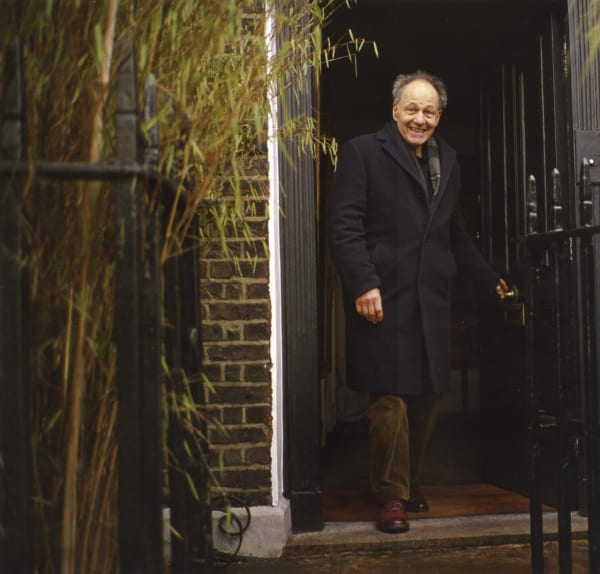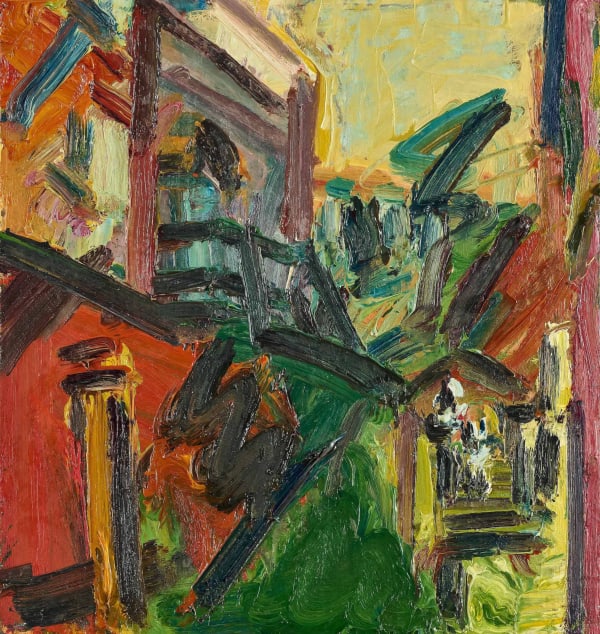-

-
"Real style is not having a program. It's how one behaves in crisis."
- Frank Auerbach
After studying at St Martin’s School of Art and later the Royal College of Art in London during the late 1940s and early 1950s, Auerbach began developing his distinctive style, characterized by heavily textured, layered oil paintings. During this period, he worked alongside peers such as Leon Kossoff and was influenced by teachers like David Bomberg, who encouraged expressive experimentation.In 1954, Auerbach established his studio in Camden, North London, where he would work for the rest of his life. He focused on a small circle of regular sitters, producing emotionally intense and physically labor-intensive portraits. His first solo exhibition in 1956 at London’s Beaux Arts Gallery garnered critical attention, establishing him as a leading figure in post-war British art. Auerbach’s work during this period laid the foundation for his later acclaim. -
"I destroy things every day in the act of working and often recall a picture I had considered finished In order to rework it"
- Frank Auerbach
His first solo exhibition in 1956 at the Beaux Arts Gallery in London marked a pivotal moment. Auerbach’s emotionally charged portraits and urban landscapes stood out for their dense layers of paint and bold reinterpretation of traditional forms. While early reactions were mixed, his uncompromising vision soon won admiration. Auerbach became associated with the "School of London," a group of artists including Francis Bacon and Lucian Freud, known for their commitment to figurative art. Over the following decades, Auerbach’s work featured in major exhibitions, gaining international acclaim. Prestigious institutions such as the Tate and the Royal Academy of Arts showcased his paintings, solidifying his reputation.
-
Public & Iconic Works
NOT FOR SALE















